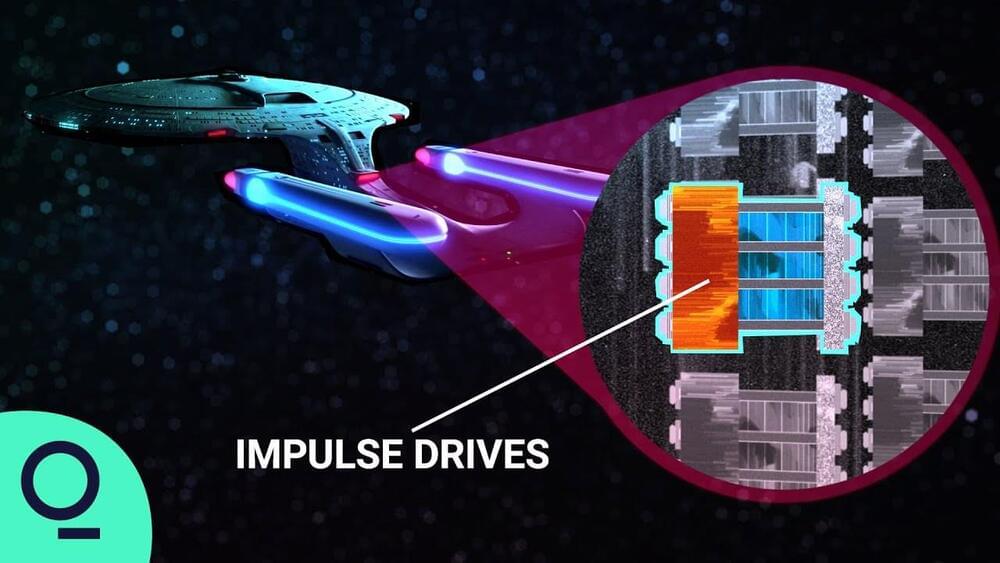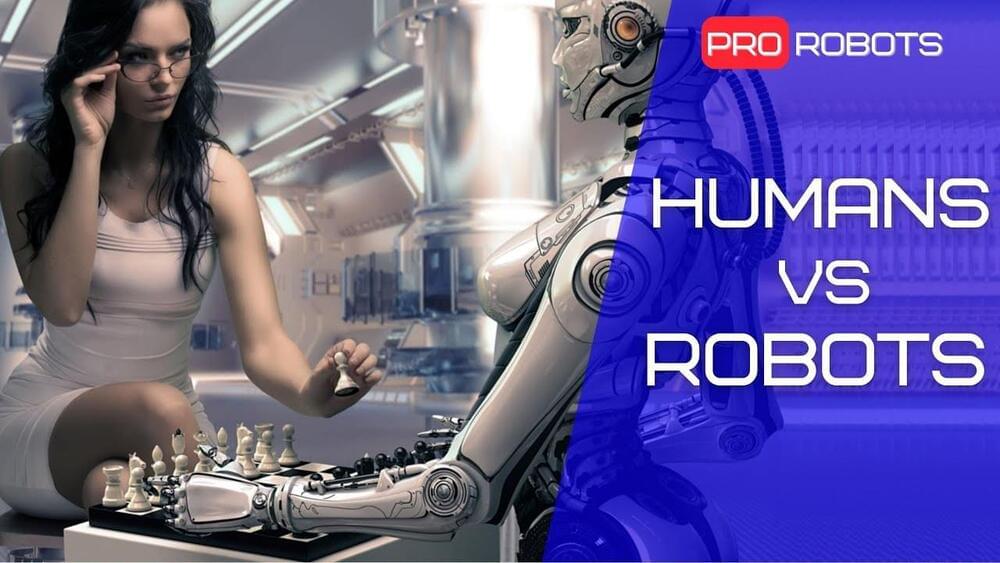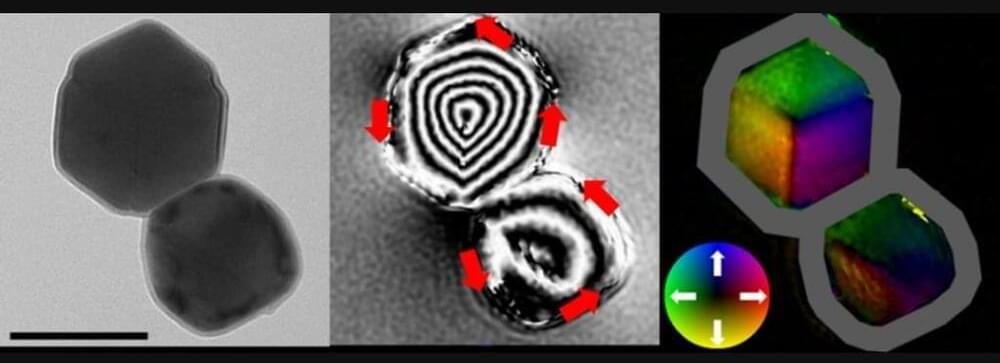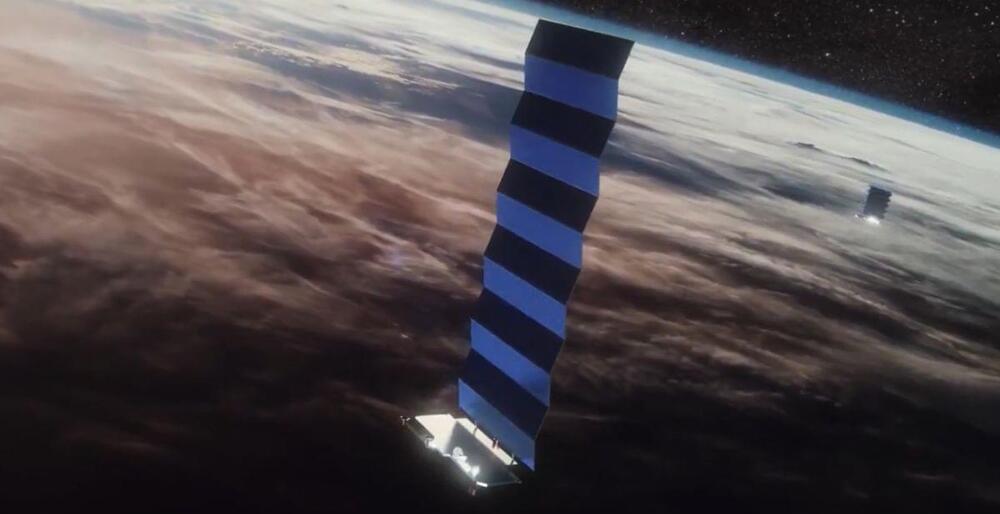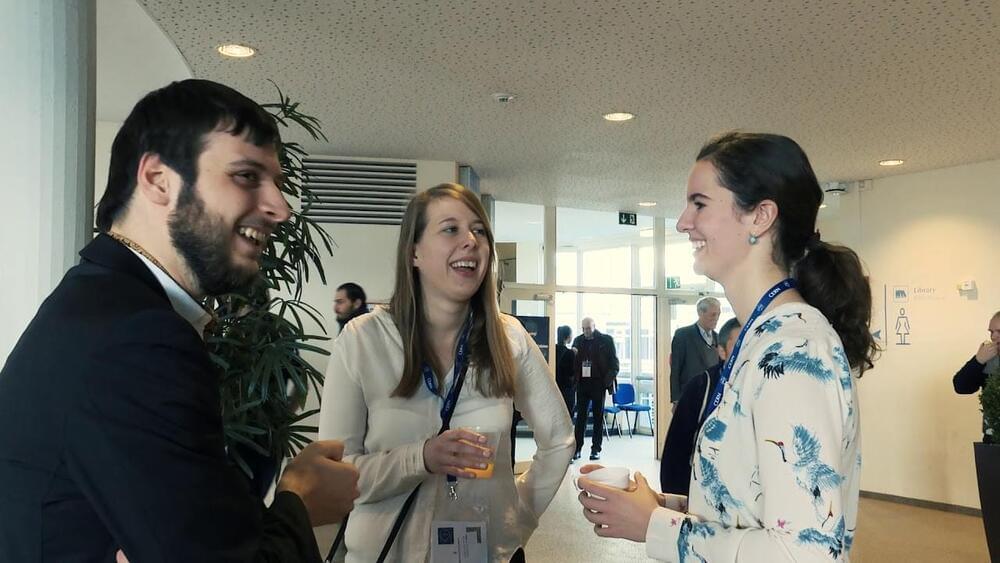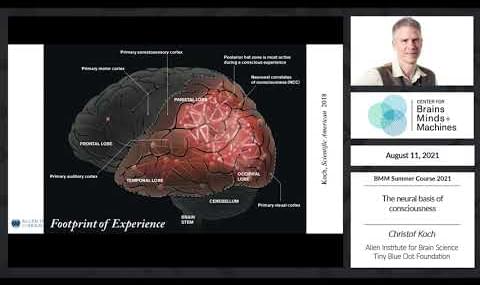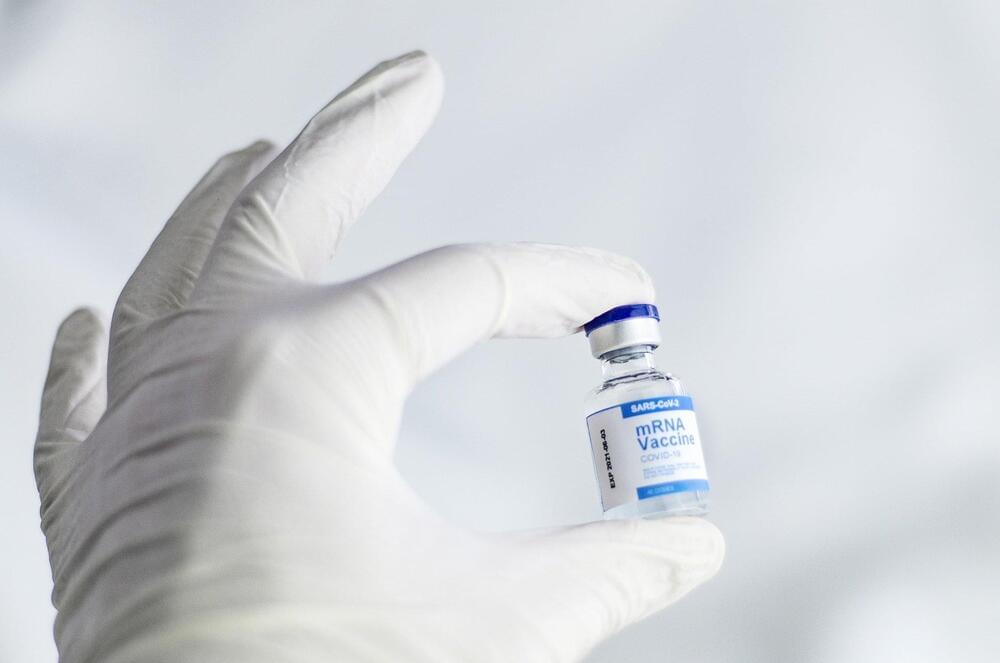Aug 19, 2021
Someone Is Trying to Build a STAR TREK Impulse Engine for Interstellar Travel
Posted by Quinn Sena in category: alien life
Scientists at NASA have adjusted their forecast of an Empire State Building-sized asteroid it predicts could potentially smash into the planet.
Have you ever heard of the phrase “life imitates art?” Well, two scientists are out to prove that science is not exempt. Or, at least, it shouldn’t be. Taking a cue from Star Trek, scientists Dr. Hal Fearn and Dr. Jim Woodward are attempting to build an “impulse engine” to make interstellar travel possible in a human lifetime.
Continue reading “Someone Is Trying to Build a STAR TREK Impulse Engine for Interstellar Travel” »
